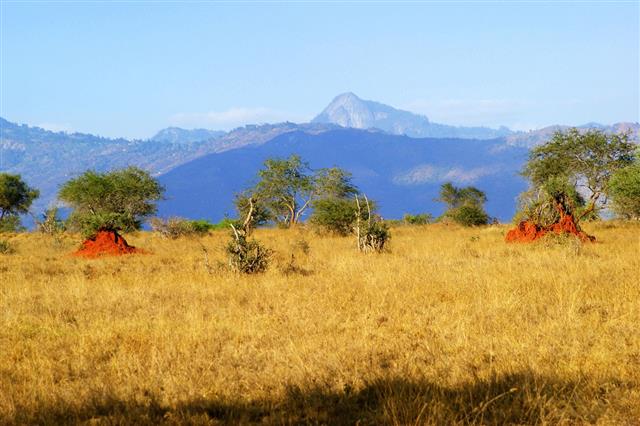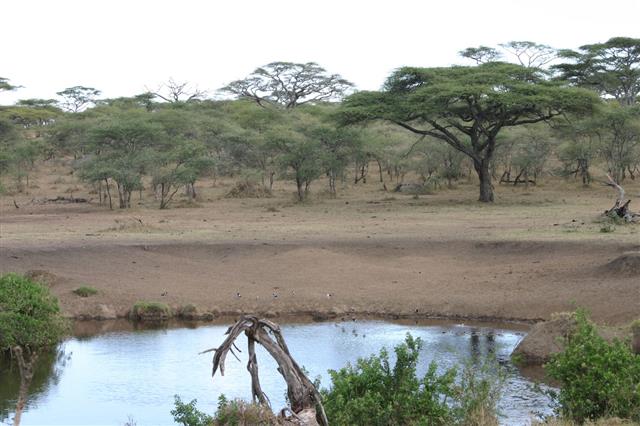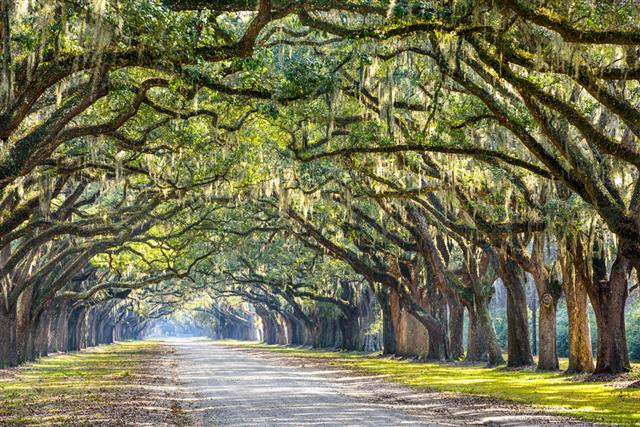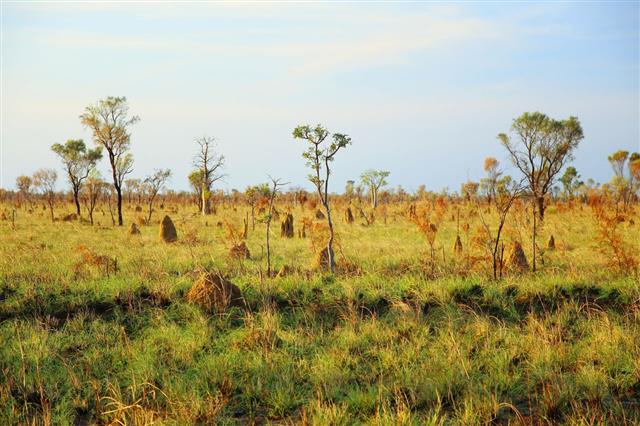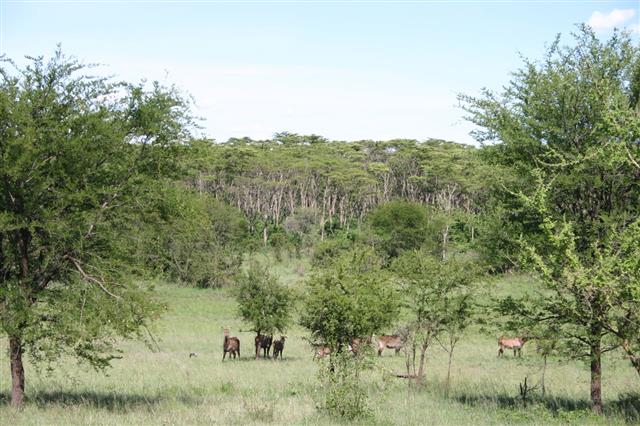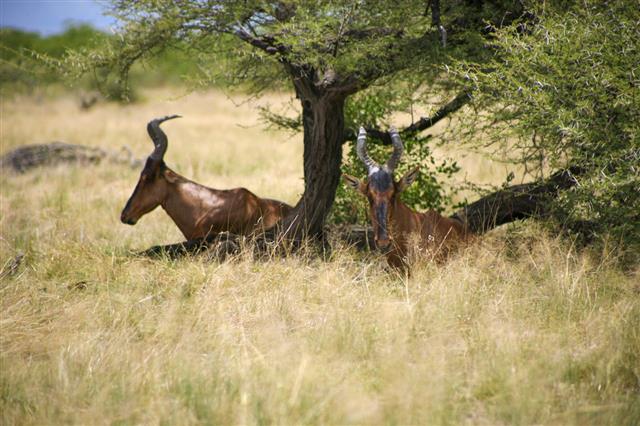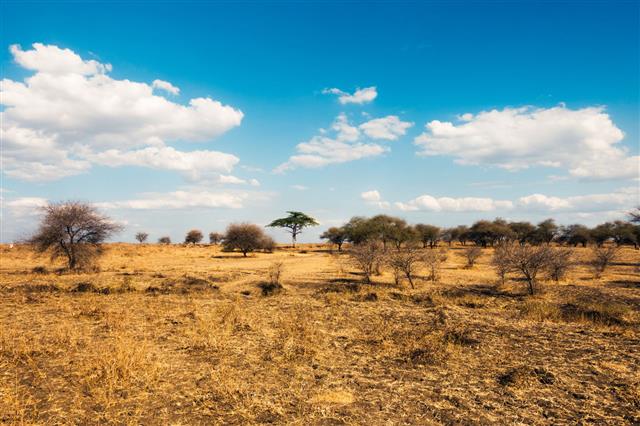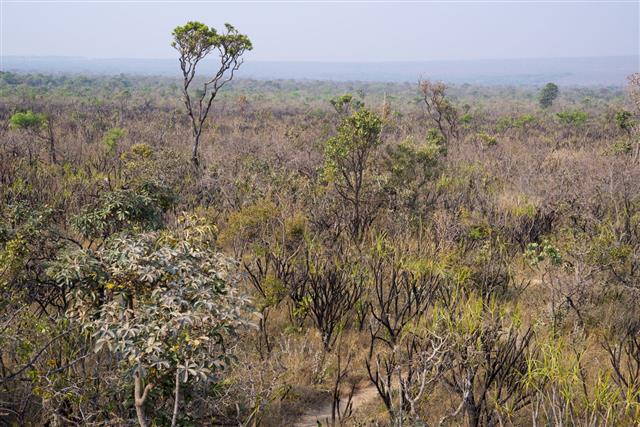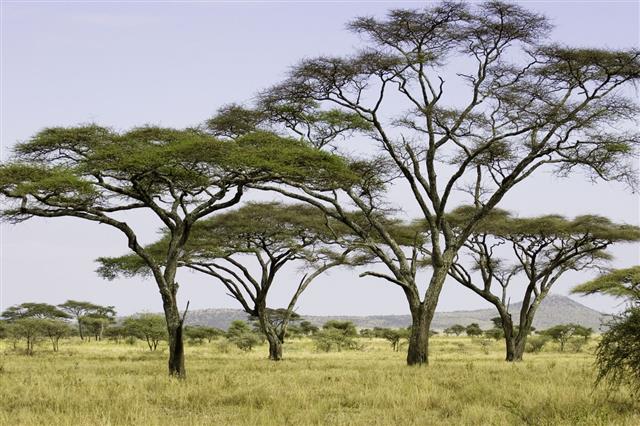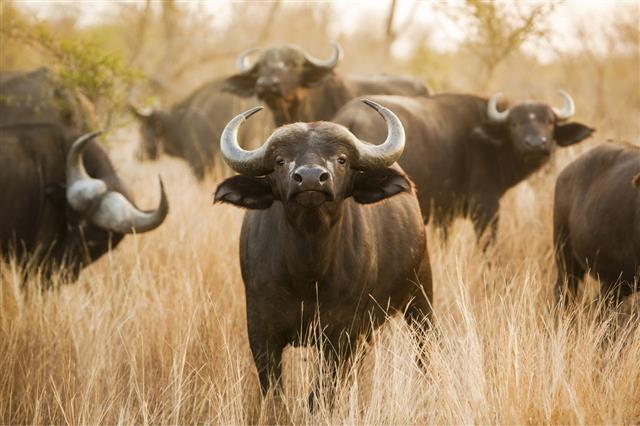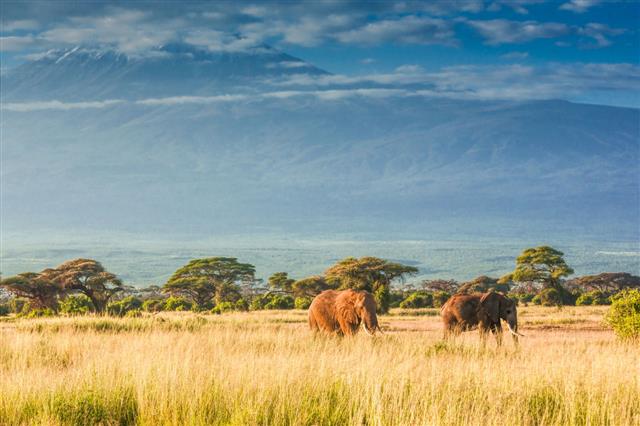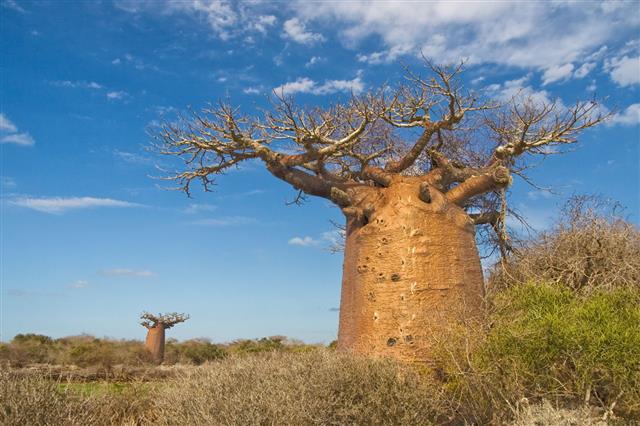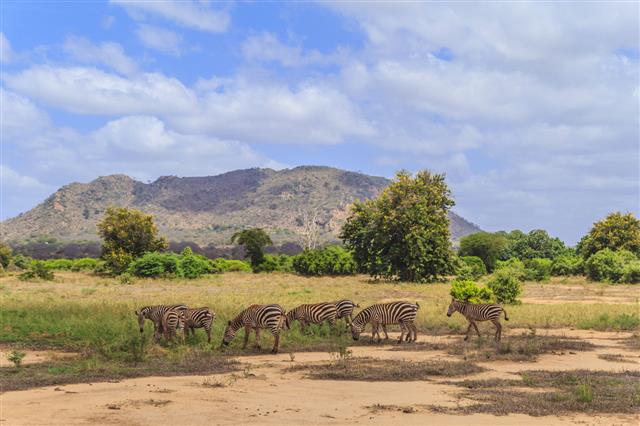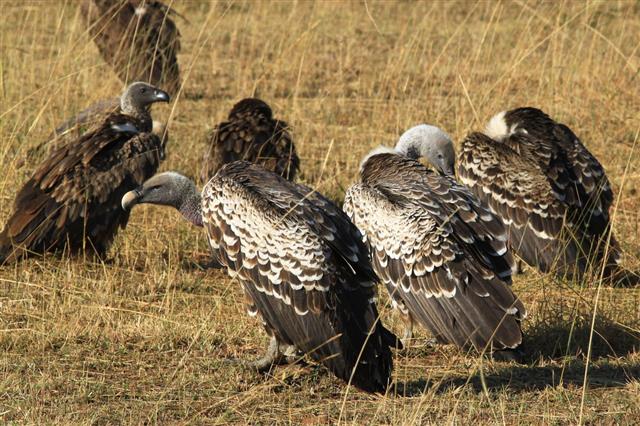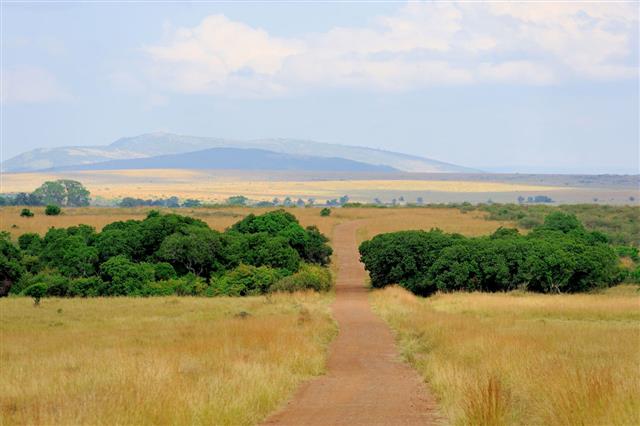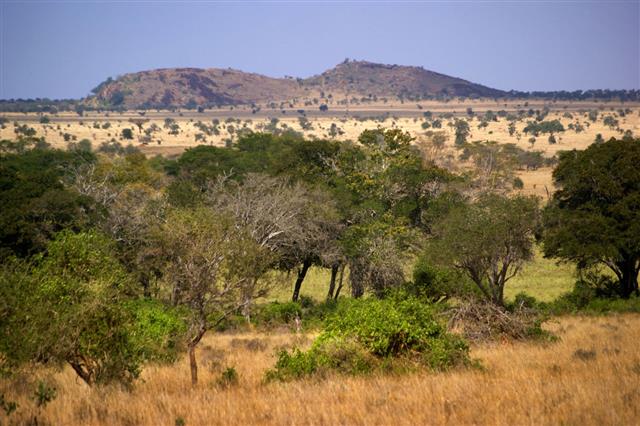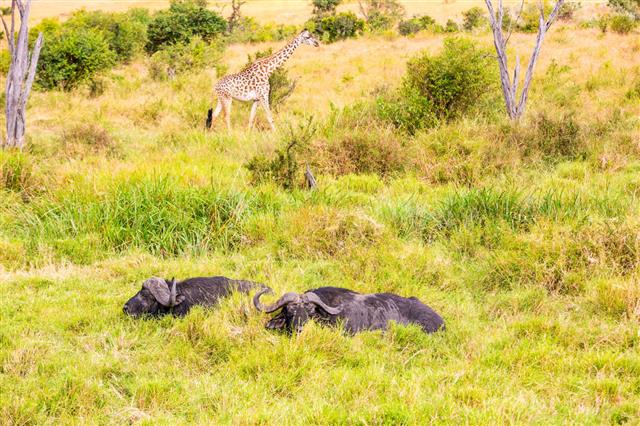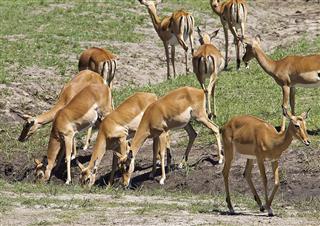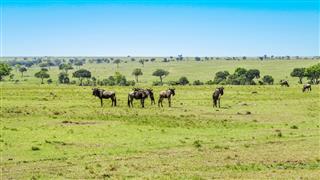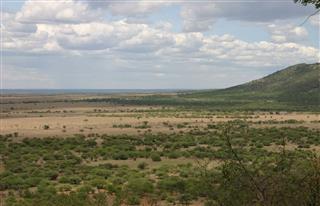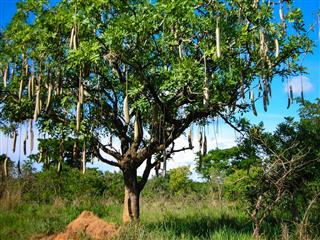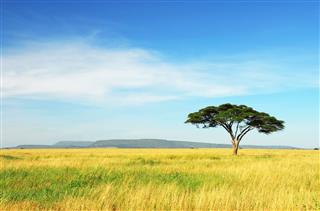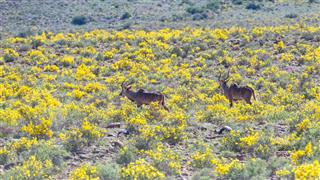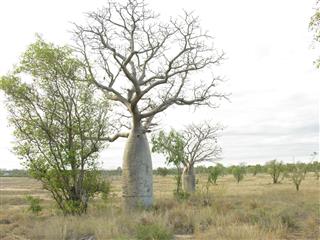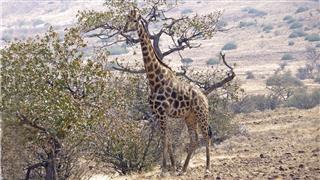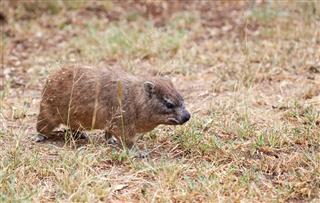
Limiting factors dictate the distribution and abundance of species in an ecosystem. In a savanna biome, dominated by grasses and herbivores, limiting factors become all the more important as they help in maintaining the necessary balance in the otherwise fragile ecosystem.
Did You Know?
If grasses are able to survive extreme drought, which is common to tropical grasslands, it’s because of their extensive root system.
A savanna biome is a grassland ecosystem typically characterized by abundance of grasses and a few scattered trees. It covers approximately 20 percent of the planet’s land area. As the trees in these grasslands are sufficiently widely spaced, the canopy does not close. This, in turn, promotes the growth of grass with abundant amount of sunlight reaching the ground.
This is in stark contrast to the rainforest ecosystem where sunlight acts as a limiting factor and leaves the forest floor devoid of life. That is not to say that savannas have no limiting factors. Every ecosystem has, and they play a crucial role in maintaining the ecological balance.
Savanna Ecosystem Limiting Factors
Speaking of savannas, the limiting factors include wildfires, precipitation, water availability, competition, predation, soil fertility, etc. We will look at each of these individually to see how they dictate the presence of life in these grasslands.
Wildfires
If trees are too sparsely spaced in savannas, it is because of recurrent wildfires, which act as a limiting factor and either kill or suppress tree seedlings. This is important because unrestricted growth of trees can lead to the formation of a dense canopy and hinder grass growth, eventually turning the grassland into a dense tropical forest. Wildfires are especially common during the dry season, when heat and dry conditions provide a conducive environment. These include both natural wildfires caused by lightning and human-lit wildfires.
Precipitation
Precipitation plays a crucial role in almost all the biomes of the world, and the grassland biome is no exception. It’s a density-independent factor, meaning it affects all species regardless of the population density. In savannas, rainfall occurs for half part of the year during the wet season, while the other half is completely dry. Also, high amount of rainfall in the wet months washes away all the nutrients in the soil and makes it less fertile. This, in turn, reduces the number of plant species that thrive in this ecosystem.
Water availability
Yet another limiting factor that determines the population of both plants and animals in savannas will be the seasonal availability of water. During the dry season, things get worse in this ecosystem as many rivers and streams dry up, forcing species to migrate to other parts in search of water. As a result, only those species that are equipped with a complex root system that can help them retain water are found in this biome.
Competition
Competition resulting from scarcity of drinking water is a density-dependent limiting factor in the grassland biome. It curbs the growing population of a species after it crosses a specific limit. Most water sources in savannas severely dry up in the dry season, which, in turn, affects their carrying capacity. If the population of wildebeests and zebras that depend on these water sources exceeds their carrying capacity, then many of them will either die of thirst or migrate in search of water, and their population will come down to a sustainable level.
Predation
Like competition, even predation works as a density-dependent factor to limit the population growth of grassland species. If the population of herbivores in a savanna biome increases, they will go on a grazing spree and deplete the grass cover. In the ideal world, however, the increase in herbivore population translates into more food for predators. Eventually, these predators bring down the population of herbivores by feeding on them, while their own population increases as a result of abundance of food. Thus, the necessary balance is restored.
Other limiting factors that may play an important role in a savanna ecosystem include sunlight and wind, which increase the evaporation of water and introduction of grazing domestic animals, which deplete the grass cover. If the grass cover is depleted, trees will have less competition, and that will cause their number to increase. With no grasses to restrict their growth, even weeds will grow in abundance. If this happens, it won’t be long before these tropical grasslands turn into a tropical rainforest.
